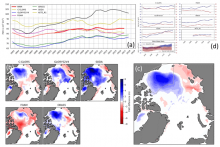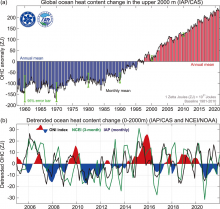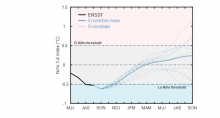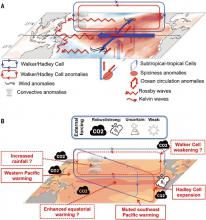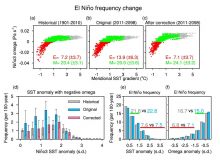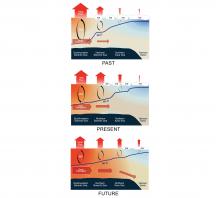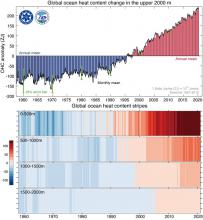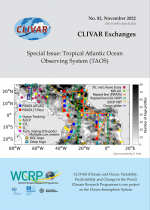Freshwater in the Arctic Ocean 2010–2019
Submitted by Liping Yin on Wed, 2022-02-02 07:45In the recent review paper, "Freshwater in the Arctic Ocean 2010–2019", the CLIVAR/CliC Northern Ocean Region Panel assess how the Arctic freshwater budget has changed since the 2000s using ocean reanalyses, in-situ observations,and satellite measurements





